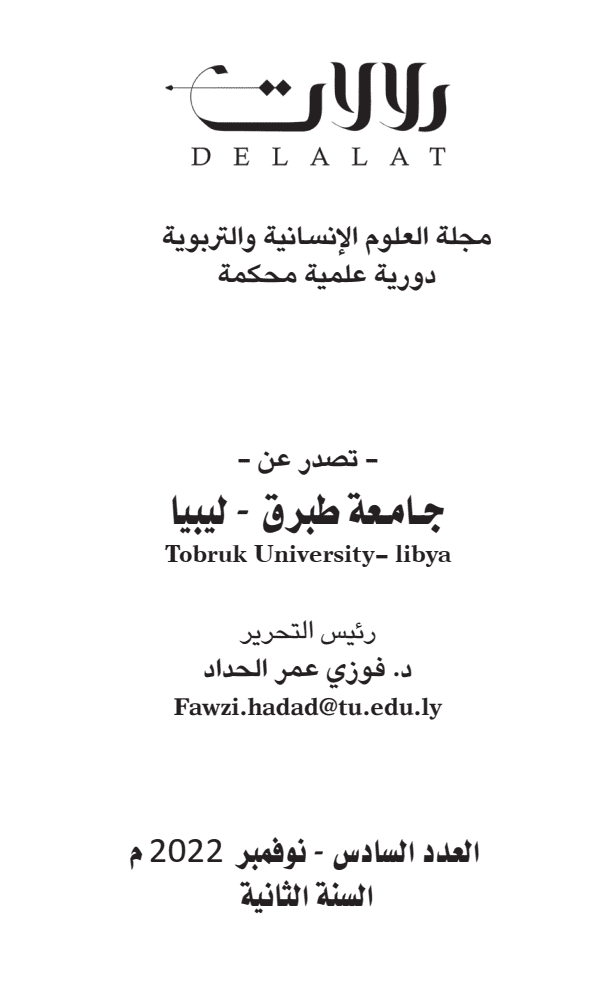The extent to which social auditing and human resource governance are applied in commercial banks
An exploratory study of the two branchs of Al Wahda Bank in Tobruk
DOI:
https://doi.org/10.64516/nbrxnv56Abstract
The study aimed to identify the possibility of applying social auditing and governance of human resources in commercial banks (Alhrega branch and the main branch of Al Wahda Bank in Tobruk). The study used the descriptive and analytical approach. 37 valid questionnaires were collected from accountants and tested by using rank and means indicators. The study shows agreement amongst accountants in relation to social auditing applying on average level. Moreover, human resource governance is adopted in the bank on average level. which is applied in the bank. There is a positive relationship between social auditing and human resource governance, there is an affect for the social auditing upon human resource governance in Al Wahda bank, the study recommended that a high value should be given to social activities in commercial banks. More specific, suitable and detailed accounting information about social auditing should be prepared, be available and updated continuously. Also, more focus should be given for social auditing concept within accounting education programmes and the state should play its role of establishing and applying the required acts of social responsibility in general.
Downloads
Published
Issue
Section
License
Copyright (c) 2022 Delalat Journal of Humanities and Educational Sciences

This work is licensed under a Creative Commons Attribution 4.0 International License.








